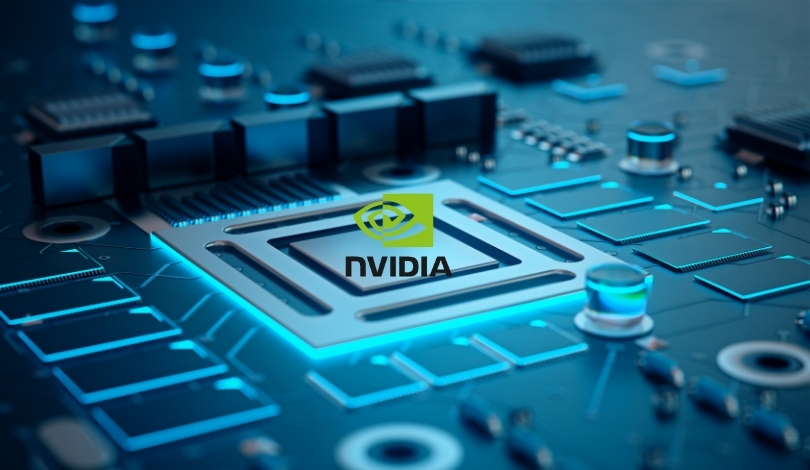Consumers anticipating the launch of Nvidia‘s rumored RTX 5090 graphics card are weighing possibilities as new details circulate. With high gaming performance often linked to steep costs, users are hopeful yet skeptical about accessible pricing. Market watchers speculate how Nvidia’s next release will fit among both premium models and more affordable options. As anticipation builds, the actual positioning of the RTX 5090 in Nvidia’s product line and its potential impact on pricing strategies draw significant attention. Increasing demand for advanced GPUs continues to raise critical questions about affordability and value for users.
When Nvidia introduced the RTX 4090, it came at a notable price, and many enthusiasts noted limited availability and rapid sellouts. Earlier leaks about upcoming Lovelace graphics, such as the RTX 5090, suggested major performance jumps, stirring debates about whether Nvidia would adjust pricing or follow the trend of higher launch MSRPs. Compared to recent product launches, which often showed modest movement in pricing downward, expectations remain cautious about significant changes for flagship devices. Discussions online hint at persistent customer concerns over being priced out of top-tier gaming experiences, a sentiment that has remained constant through multiple GPU generations.
Can the RTX 5090 Satisfy Both Performance and Price Demands?
The market for premium graphics hardware remains highly competitive, with buyers closely watching Nvidia’s decisions on both technical specifications and costs. While hopes linger for a more budget-friendly RTX 5090, prevailing industry patterns suggest Nvidia is likely to maintain a premium on their flagship offerings. Manufacturers often cite production costs and supply constraints as factors influencing final market prices, complicating the outlook for substantial price reductions.
How Do Current Supply and Demand Pressures Influence Pricing?
Despite fluctuating component supply and increased competition, demand for powerful GPUs has generally outpaced availability. Potential buyers experienced challenges acquiring the RTX 4090 due to high demand and ongoing manufacturing limitations. These market conditions may affect both the launch approach and pricing set by Nvidia for the RTX 5090. As a result,
“A significant drop in price is not widely expected among industry analysts,”
underscoring uncertainty regarding affordability for many consumers.
Will Nvidia Revise Their Strategy for New GPU Models?
Product strategies at Nvidia have often focused on differentiating high-end models with advanced features such as increased VRAM, faster clock speeds, and improved ray tracing capabilities. The RTX 5090 is anticipated to continue this trend, potentially including new technological enhancements to justify its market position. Given these likely upgrades, pricing is expected to remain consistent with previous flagship launches, targeting consumers prioritizing performance over cost savings.
Assessing Nvidia’s historical pricing patterns alongside growing consumer demand for efficient and powerful GPUs reveals a persistent balancing act in delivering performance at accessible prices. Competitors may attempt to disrupt this status quo, but widespread price drops across the board for leading-edge graphics cards remain elusive for now. Buying strategies for consumers increasingly focus on evaluating long-term value and distinguishing between generational upgrades versus incremental improvements. As Nvidia prepares the RTX 5090, potential buyers should track both official announcements and market feedback to make timely, informed purchasing decisions in a landscape shaped by evolving technology and pricing dynamics.










